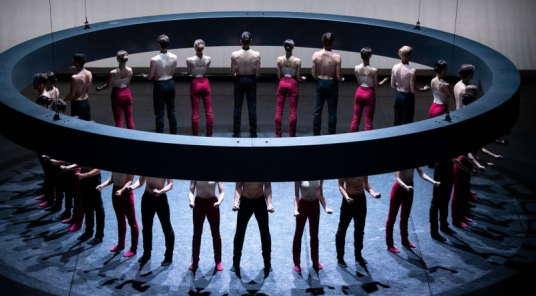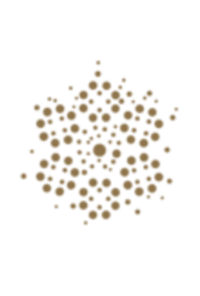Serenāde (Balanchine), Carmina Burana (Clug)
Поделиться
Latvian National Opera (2025)
В главной роли:
Информация от художественной организации (проверено Operabase)
Serenāde (Balanchine), Carmina Burana (Clug) by Orff, Tchaikovsky, P. I., срд 05 мар. 2025, С (2025/2025), Дирижёр Mārtiņš Ozoliņš, Kaspars Ādamsons, Latvian National Opera, Рига, Латвия
Просмотр списка исполнителей и постановочной труппы 05 мар. 2025
Выберите работуCarmina Burana (Кармина Бурана), Orff
Продюсер
Дирижер
Исполнители
Tenor
(Тенор)
Soprano
(Сопрано)
Baritone
(Баритон)
Dancer
Постановочная труппа
Художник-постановщик
Художник по костюмам
Художник по свету
Помощник хореографа
Педагог-репетитор
Choreography by
Ансамбль
Балет или танцевальный коллектив
Узнать больше о композиторе






